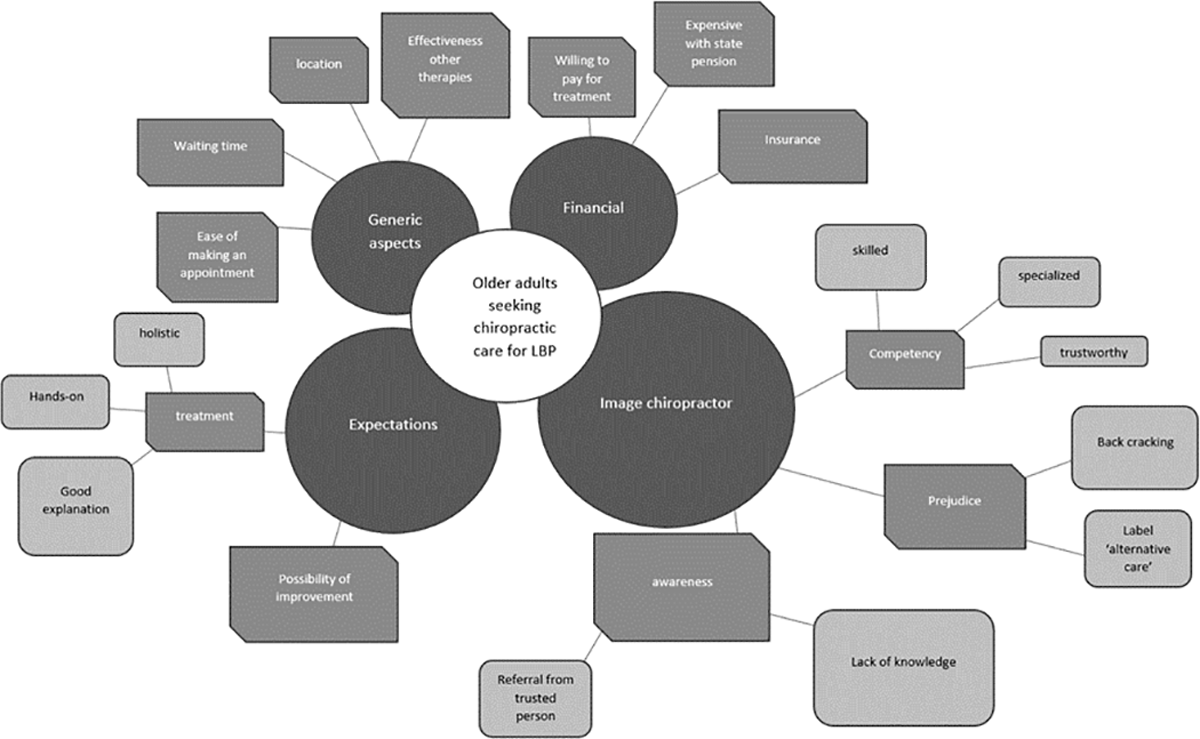Joint Assessment – P.A.R.T.S.
SOURCE: Topics in Clinical Chiropractic 2000; 7 (3): 1–10
Thomas F. Bergmann, DC,
Bradley A. Finer, DC, DACAN
Clinical Science Division
Northwestern Health Sciences University
College of Chiropractic
Bloomington, Minnesota
Purpose: An approach to systematically perform clinical work-up for chiropractic subluxation is proposed. Literature on assessment approaches is reviewed and a discussion is presented.
Method: A qualitative review of clinical and scientific literature related to assessment methodologies for subluxation was performed.
Summary: Variation in assessment techniques exists for identification of spinal and other articular joint dysfunction. Useful scientific data also are limited to only a few approaches. and there is a need for a more systematic assessment approach profession wide.
Key words: articular range oj motion, chiropractic, Medicare, palpation, physical examination, subluxation
There are more articles like this @ our:
From the FULL TEXT Article
Background
Doctors of chiropractic are portals of entry to the health care system for many patients seeking health care services. As such, they must maintain broad and thorough assessment/diagnostic skills. Before employing any therapy, a clinician must first determine if there is a need for treatment. Therefore, the clinical information that any primary contact provider would want, including a case history, physical examination, clinical laboratory findings, radiographic findings, and any other tests necessary to check for suspected health problems, is needed. Having gathered and interpreted this information, it must be processed in order to arrive at a sound clinical conclusion. The role of this assessment process in the chiropractic office is to determine whether the patient should receive chiropractic care only, chiropractic care in concert with other forms of health care, or a referral to another health care professional for some other form of stand-alone management such as acute, crisis care. This article suggests the need for, and possible form of, a standardized assessment procedure for use by chiropractic clinicians.
INTRODUCTION
Most patients seeking the services of health care professionals, including doctors of chiropractic, present with problems or complaints. It is therefore necessary to identify the nature and extent of the patient’s problem before initiating treatment. A comprehensive examination is a critical step in the management of patients with musculoskeletal problems. The role of the evaluative process is to differentiate a particular pathologic process from other possible causes of the presenting signs and symptoms. It also aids the clinician in clarifying the nature and extent of the lesion and to establish a basis on which to judge progress. This information allows a clinician to develop and implement indicated treatment procedures and determine their effectiveness.
While the chiropractic examination considers all aspects, it especially emphasizes the assessment of the spinal column and the nervous system. The chiropractic articular spinal examination is unparalleled in the healing arts. As the most specialized and significant therapy used by the doctor of chiropractic involves the adjustment of the articulations of the human body, the articular examination becomes the focal point of the patient’s evaluation. There remains, however, a great deal of controversy among chiropractors, as well as other practitioners of manual therapy, as to the most valid, objective, and efficient means of detecting joint dysfunction.
Read the rest of this Full Text article now!





Leave A Comment